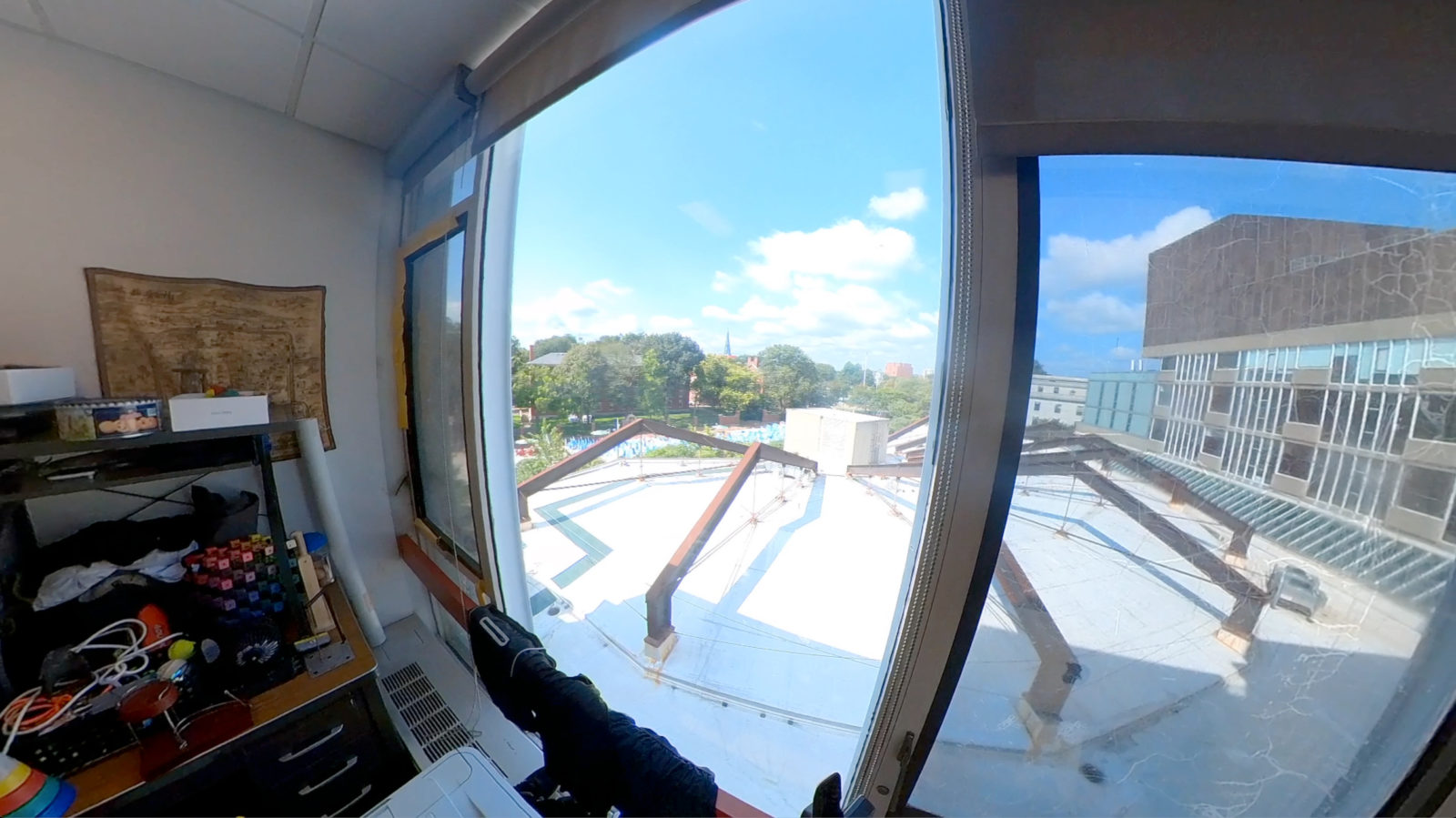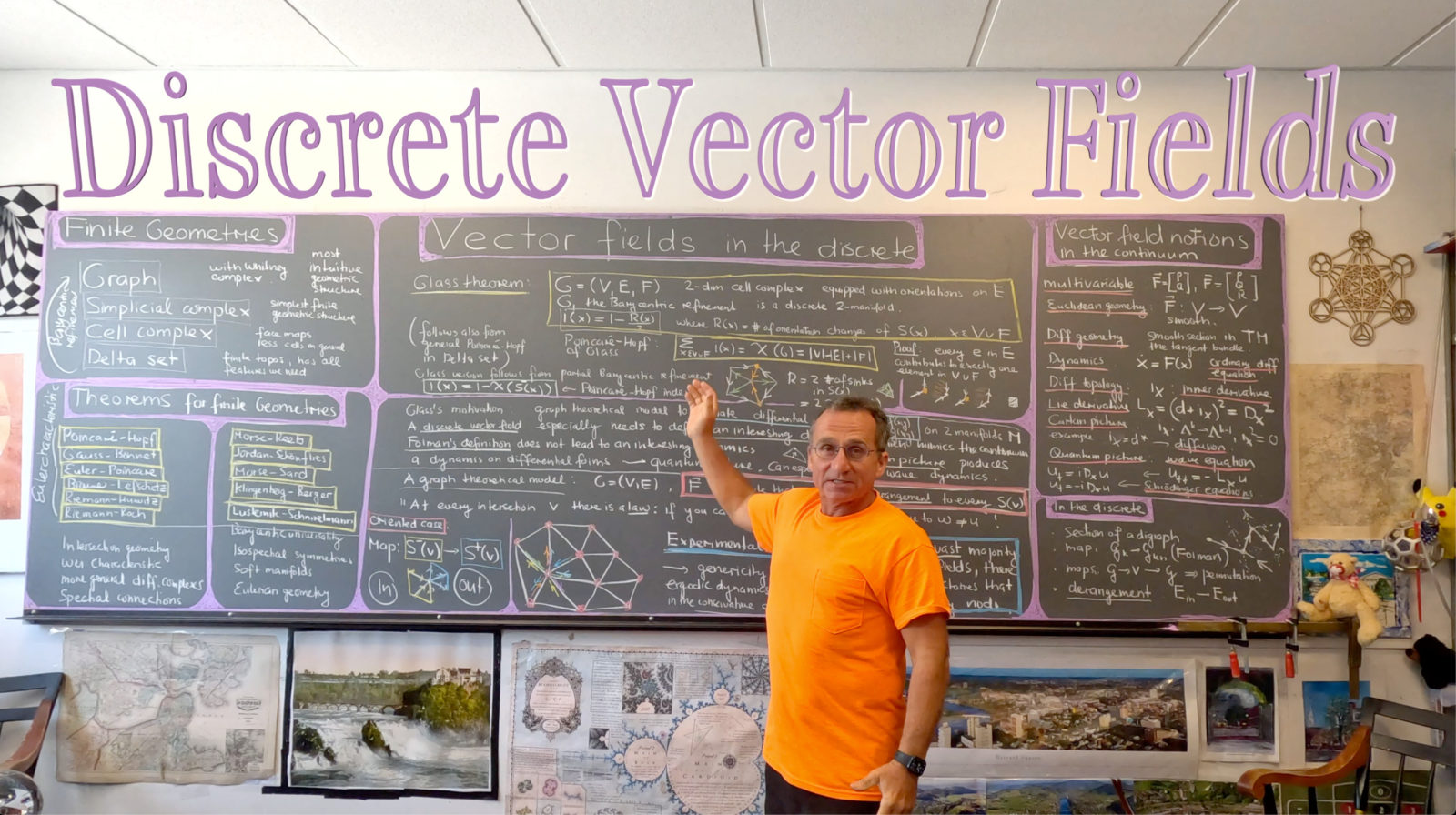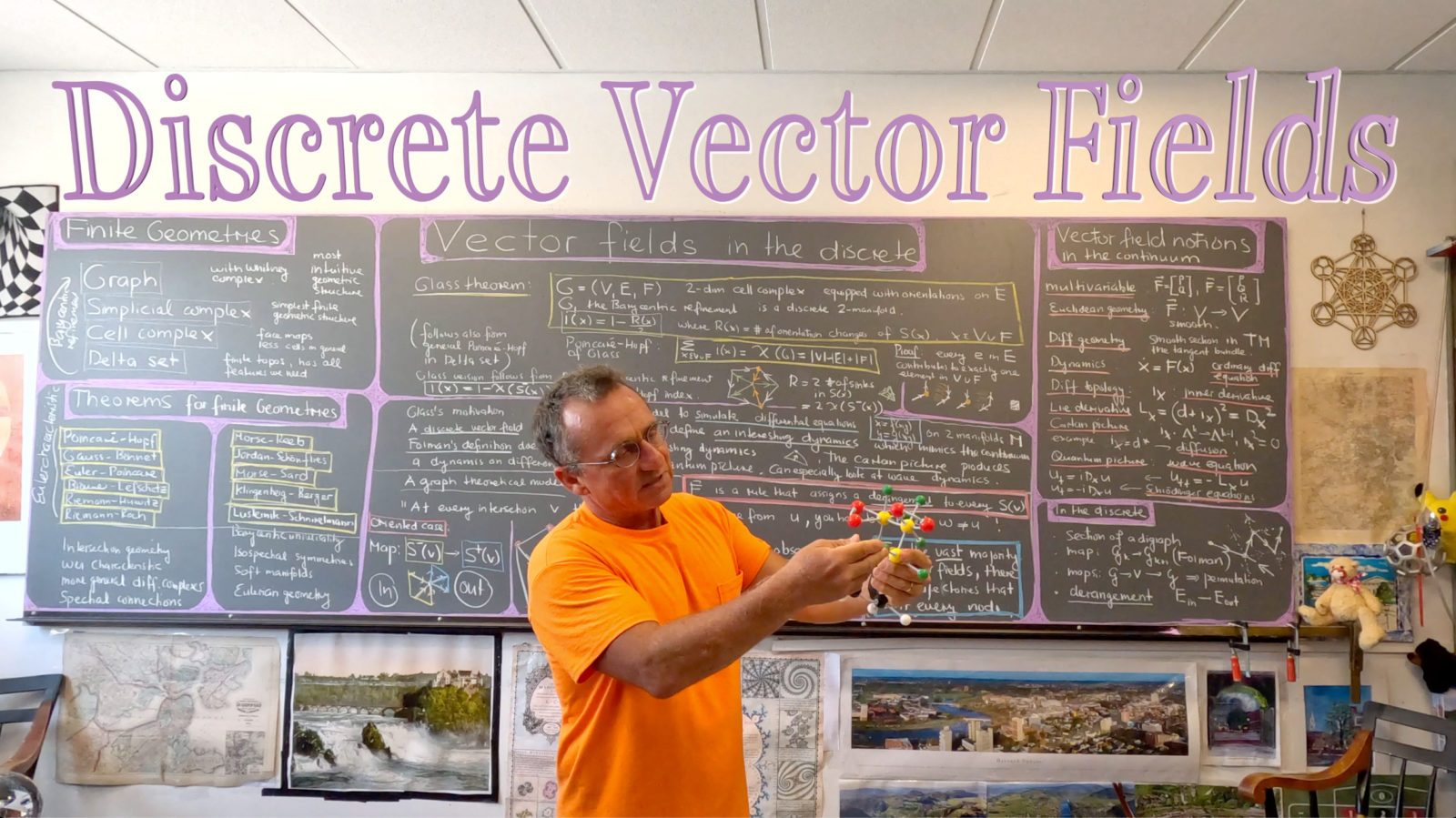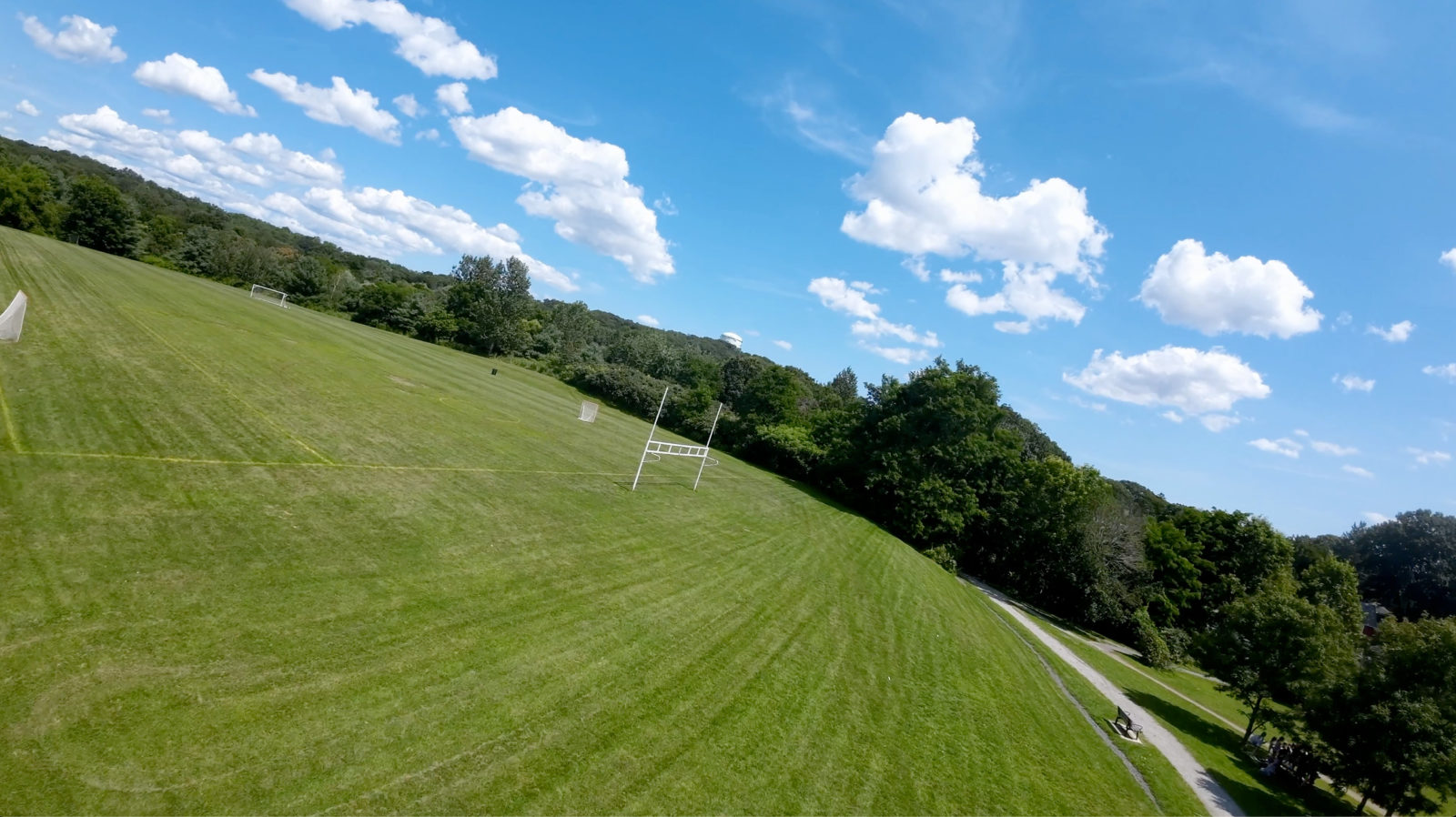A notion of a discrete vector should work for theorems like Poincare-Hopf and also produce a dynamics as classically, a vector field F, a smooth section of the tangent bundle on a manifold produces a dynamics . A directed graph does not give a dynamics without telling how to go from each node. Motivated by this, Furman had defined a discrete vector field as a map from k simplices to (k+1) simplices. As for Poincare-Hopf, one can define a general Poincare Hopf for a directed graph (see here) for which no closed loops exist in any simplex ensuring that there is a total order on every complete subgraph and so an assignment of x to a vertex v in x. Moving all the energies w(x) contributing to the Euler characteristic
to the vertex v produces an index.
As for the dynamics, I had suggested to add an additional map from the vertex set V to the simplex set. This then produces a map on the simplex set as well as a map on the vertex set. This dynamics is not very interesting. Especially, for most such permutations, we do not have ergodicity.
What I experimented with a for a while is to assign to every vertex of a graph a rule which assigns to an incoming edge an outgoing edge. In other words, we chose a displacement of the unit sphere at every vertex v. We now have
different vector fields of this kind. We see experimentally that for most of these rules, there is a path which visits the entire graph.
























